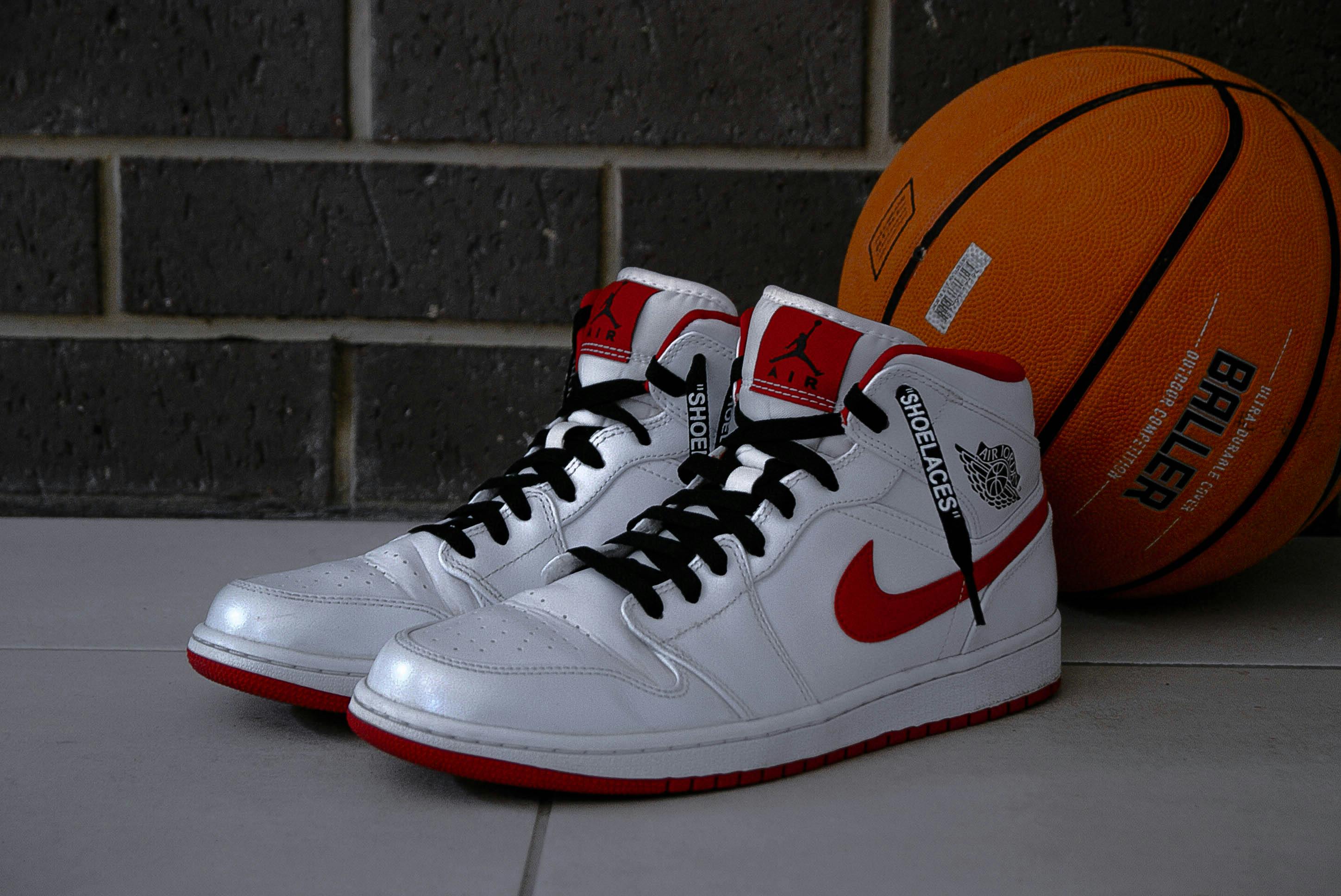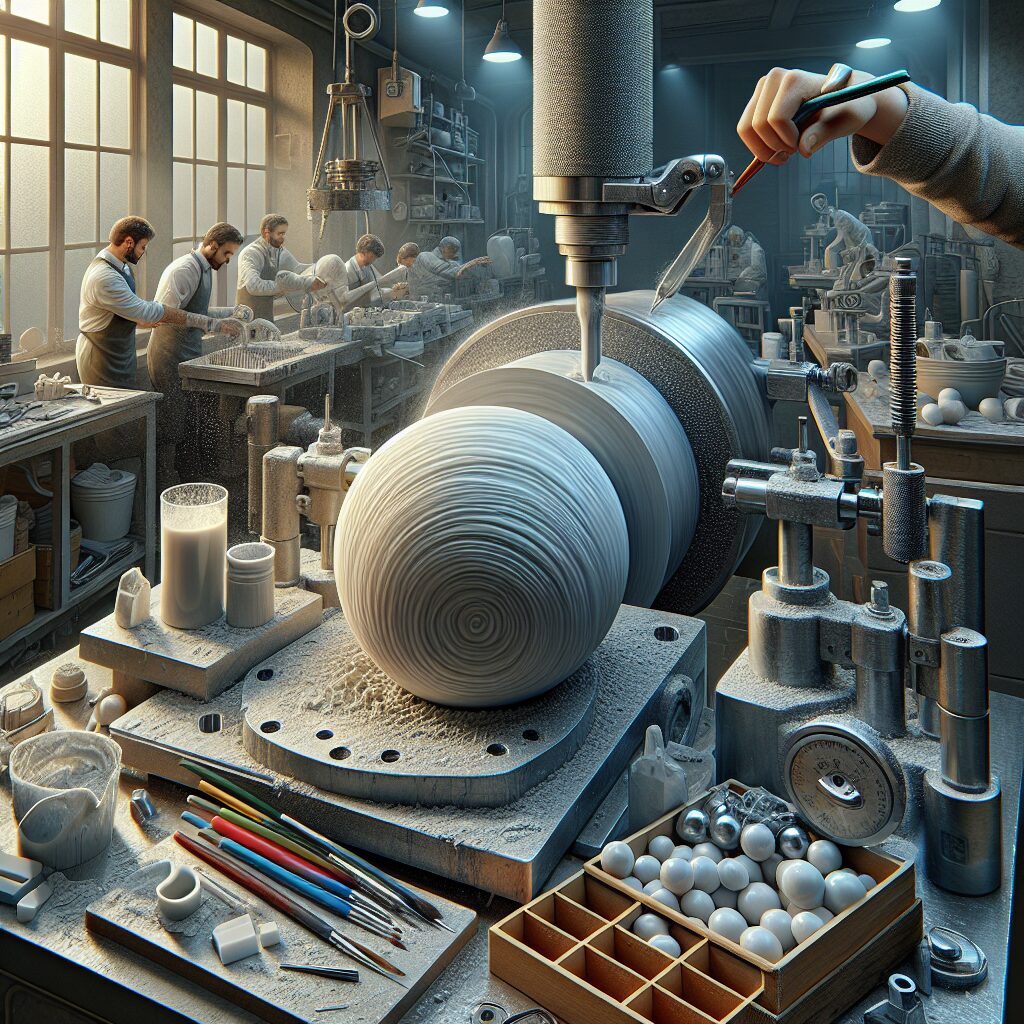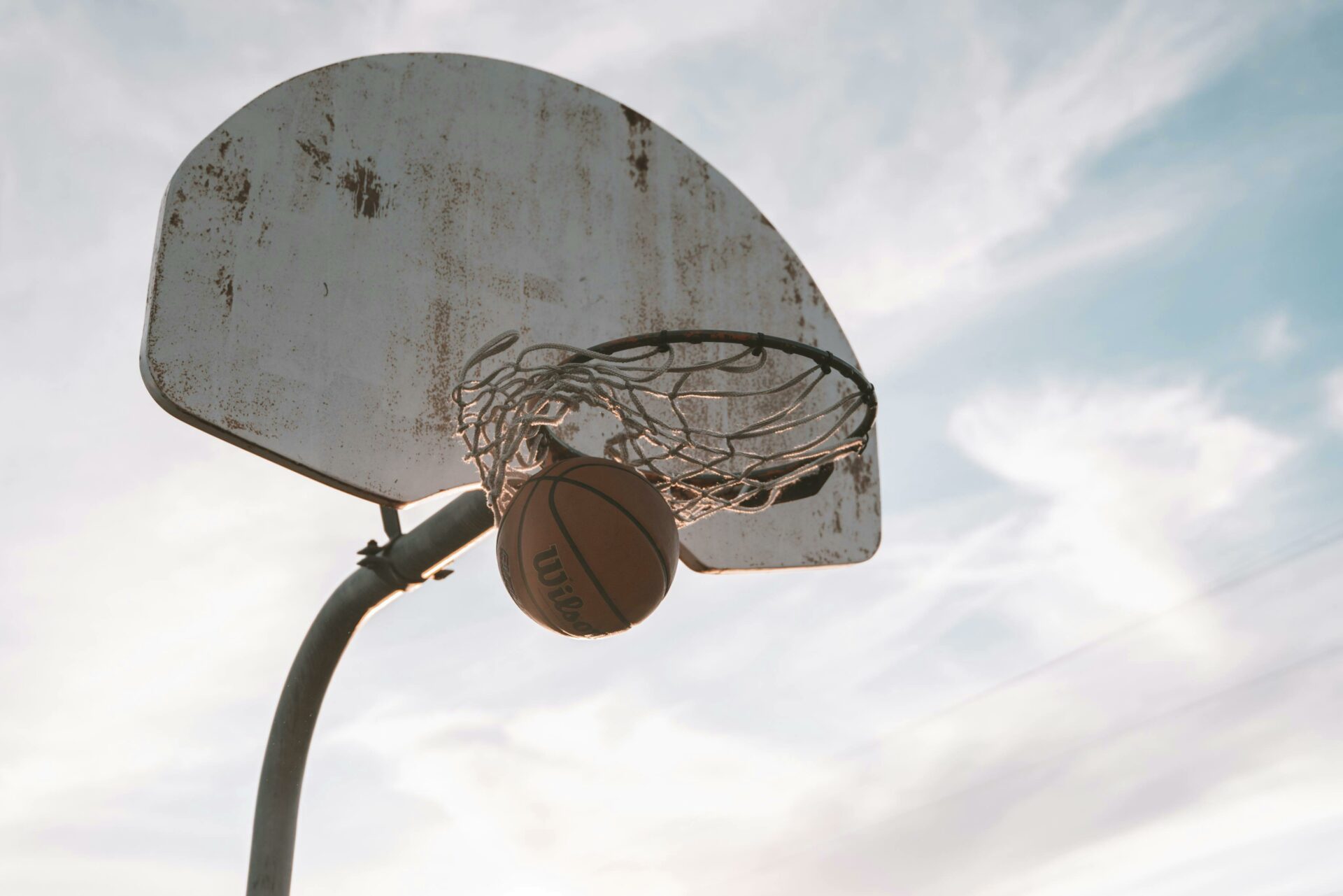Knowing how to check ball joints and tie rods is an important part of routine car maintenance. Ball joints and tie rods are essential components of the steering and suspension system, helping to ensure your car runs smoothly. Checking these parts regularly can help you identify any potential issues before they become more serious, potentially saving you from costly repairs down the line. In this guide, we’ll provide a step-by-step overview of how to check ball joints and tie rods in your vehicle.Ball joints and tie rods are components of a vehicle’s suspension system. Ball joints are the pivoting connections between the steering knuckle and the control arms of a car. They allow for up-and-down movement of the wheel and provide steering ability. Tie rods, on the other hand, are found at either end of the steering rack and use threaded adjustment to keep the wheels aligned. They also help to move the wheels when turning. Both ball joints and tie rods can wear out over time, resulting in increased play in the steering wheel and reduced performance.
Identifying The Ball Joints And Tie Rods
Ball joints and tie rods are two of the most important components of a vehicle’s suspension system. They are responsible for providing steering and suspension support, while also helping to absorb road shock. It is important to know how to identify these components in order to properly maintain your vehicle and keep it running at its best.
The ball joint is a flexible joint that connects the control arm to the wheel hub assembly. It allows the suspension system to move up and down as the vehicle moves over bumps and dips in the road. Ball joints are typically made of metal or plastic and can be identified by their rounded shape. They are held in place by rivets, bolts, or clips.
Tie rods are also important components of a vehicle’s suspension system. They connect the steering knuckles to each other, allowing for smooth steering action when turning the wheel. Tie rods can be identified by their cylindrical shape and threaded ends, which attach them to each other or other parts of the suspension system.
It is important to regularly inspect your vehicle’s ball joints and tie rods for signs of wear or damage. If they become worn or damaged, they should be replaced promptly in order to ensure safe and reliable operation of your vehicle. Properly maintaining these parts will help you avoid costly repairs in the future.
Tools Required To Check Ball Joints And Tie Rods
In order to check the ball joints and tie rods on a vehicle, various tools are required. These include a socket set, wrenches, a ratchet, an adjustable wrench, and an impact gun. Additionally, it is recommended to have a jack stands or ramps for additional safety when working on the vehicle.
The socket set should contain both metric and standard sockets in order to accommodate different types of bolts and nuts. The wrenches should include both open-ended and closed-ended wrenches as they are used to remove the nuts that hold the ball joints in place. The ratchet is used to rotate the nuts or bolts with ease when attaching or removing them from the suspension components. An adjustable wrench is also necessary in order to access hard to reach places where regular sized wrenches may not fit properly. Finally, an impact gun is helpful for quickly removing stubborn bolts that are too tight for regular hand tools.
When checking ball joints and tie rods, safety should always be of utmost importance. For this reason, it is highly recommended that a jack stand or ramp be used when lifting the vehicle off of the ground in order to perform these checks. This will help ensure that the vehicle remains stable during any repair work being done beneath it.
In conclusion, having all of these tools handy before attempting any repairs on a vehicle’s suspension system will make any job easier and safer. Additionally, having safety equipment such as jack stands or ramps available will help provide additional peace of mind when working on any part of your vehicle’s suspension system.
Checking The Upper Ball Joints
Upper ball joints are essential for the suspension of your car and should be checked regularly. If they become worn or damaged, it can affect the handling of your car and lead to a whole host of other problems. In order to check them, you will need to raise the vehicle off the ground with a jack and secure it with axle stands. Once raised, you can then inspect the ball joint for signs of wear or damage and replace if necessary. It is also important to ensure that all fixings are tight and that the boot around the joint is intact. If any of these items are not in good condition, they should be replaced as soon as possible.
It is also important to check that there is no excessive play in the ball joint when it is tested by hand. Usually, a slight amount of play is normal but if there is too much movement then this could indicate damage or wear that needs to be addressed. Once these checks have been completed, you should lower the vehicle and repeat on the other side.
In most cases, inspecting and replacing upper ball joints will not be a difficult job but it does require care and attention in order to ensure that it is done correctly. If you are unsure about any aspect of this process then it may be advisable to seek assistance from a qualified mechanic who can advise on how best to proceed.
Inspecting The Lower Ball Joints
In order to inspect the lower ball joints on your vehicle, you’ll need to raise the vehicle up off the ground and remove the wheels. Once you have access to the ball joints, you’ll need to grab a screwdriver and turn it counter-clockwise until it is flush with the lower ball joint nut. Loosen the nut until it is completely free of the ball joint stud. Once this has been done, you can then remove the nut and separate the two pieces of the lower ball joint assembly from each other.
Once you have separated them, you can then inspect them for any signs of wear or damage. Look for any cracks or signs of corrosion that may indicate a problem. If there are no visible signs of damage, then it’s time to reassemble everything and put it back together. Grab your screwdriver again and tighten down the nut until it is flush with the stud once more. Then reinstall your wheels and lower your vehicle back onto its wheels.
Inspecting your lower ball joints on a regular basis is important in order to ensure that they are functioning properly and not wearing down prematurely. This will help extend their life span as well as improve safety when driving around corners or over rough terrain. Taking care of your vehicle’s suspension components is essential in order for it to perform optimally and safely on all types of terrain.

Testing The Inner Tie Rod Ends
The inner tie rod ends connect the steering rack to the wheels, providing steering control to keep your vehicle going in the right direction. Testing them regularly is important for ensuring that they are in proper working condition. To test the inner tie rod ends, you will need to inspect them visually and then perform a few tests.
The first step is to check for any damage or wear on the outer boot of the tie rod end. This will help you determine if there is any excessive play in the joint. If there is, it could indicate a problem with the inner tie rod end and should be addressed immediately.
Next, you will need to check for any signs of corrosion or rust on the inner tie rod end itself. Corrosion can cause a weakening of the part, which can eventually lead to failure. If there is corrosion present, it should be addressed as soon as possible.
Once you have inspected the parts visually, you can begin testing them using a torque wrench. This will help determine if there are any issues with the strength of the tie rod end joint. To do this, hold one side of the joint steady while slowly turning one side until it reaches its maximum torque rating. If it fails to reach this rating, then there may be an issue with either side of the joint that needs addressing.
Finally, you should also inspect all of the other components associated with your steering system such as ball joints and bushings in order to ensure that everything is functioning properly and safely. Regularly testing your inner tie rod ends will help ensure that they are performing optimally and that your vehicle remains safe while driving on roads and highways alike.
Testing The Outer Tie Rod Ends
The outer tie rod ends are an important part of a vehicle’s steering system, and it is important to make sure they are in proper working order. Testing the outer tie rod ends involves checking for excess play, as well as checking for any signs of wear or damage. To test the outer tie rod ends, you will need to jack up the front of the vehicle and support it securely with jack stands. Once the vehicle is in position, you can move the steering wheel from side to side and feel for any play in the outer tie rod ends. If there is any play or movement, then it is necessary to replace them. Additionally, you should check for signs of wear or damage on the tie rod ends themselves. If there are any signs of excessive wear or damage, then it is necessary to replace them as soon as possible.
When replacing the outer tie rod ends, it is important to use high quality parts that meet original equipment specifications. It is also important to make sure that they are properly torqued according to manufacturer specifications. This will ensure that they are properly secured and will provide a long lasting repair. Once installed, you should test them again by moving the steering wheel from side to side and feeling for any excess play. If all is well, then your vehicle’s steering system should be good as new!
Troubleshooting Issues With Ball Joints And Tie Rods
Troubleshooting issues with ball joints and tie rods can be a tricky task. In order to properly diagnose and repair any problems, it is important to have an understanding of how these components work together. Ball joints are located at the ends of the steering knuckle, while tie rods connect the steering knuckle to the spindle. Both components play a critical role in steering performance and vehicle stability. When ball joints or tie rods fail, they can cause excessive tire wear, increased steering effort, or even dangerous handling conditions such as pull or wander. Therefore, it is important to identify and repair any problems as soon as possible.
The first step in troubleshooting ball joint or tie rod issues is visual inspection. Look for signs of wear or damage, such as loose nuts or bolts, bent parts, cracked rubber boots, or corrosion on metal components. If any of these issues are present, they should be addressed immediately. Next, check for excessive play in the suspension by grasping each wheel and moving it up and down several times while looking for movement in the ball joint or tie rod. If there is significant movement present that does not go away after tightening the fasteners, then it is likely that one of these components needs to be replaced.
If all visual inspections check out but there is still a problem with handling performance or tire wear then further testing may be necessary. A reputable repair facility will have access to specialized equipment such as an alignment rack that can measure the angles of each component precisely. This will allow them to determine if any components are out of spec and need replacement. Once any faulty parts are identified they should be replaced with OEM equivalent quality parts for best results.
In summary, troubleshooting issues with ball joints and tie rods requires an understanding of how these suspension components work together and how their failure can affect vehicle performance and safety. Visual inspection should always be done first when looking for signs of wear or damage. If necessary further testing can be done with special equipment in order to determine if any components need replacing. Finally when replacing faulty parts it is important to use quality aftermarket or OEM equivalent parts for best results.

Conclusion
It is important to check the ball joints and tie rods regularly to ensure the overall performance and safety of your vehicle. Ball joints and tie rods should be inspected at least once a year or as needed depending on driving conditions. If the ball joints or tie rods are worn out, they should immediately be replaced with new ones. This will help to keep your car working properly and safely.
When checking the ball joints and tie rods, it is important to use a pry bar and a torque wrench for accurate readings. Also, it is important to follow all safety precautions while performing this task. This includes wearing protective gear such as gloves, goggles, and face masks in order to prevent any injury from occurring during the process.
In conclusion, checking the ball joints and tie rods is an easy task that can help ensure that your vehicle is running properly and safely. By understanding what signs to look for when inspecting these parts, you can easily determine if they need repair or replacement. With regular maintenance, you can keep your car running smoothly for years to come.




